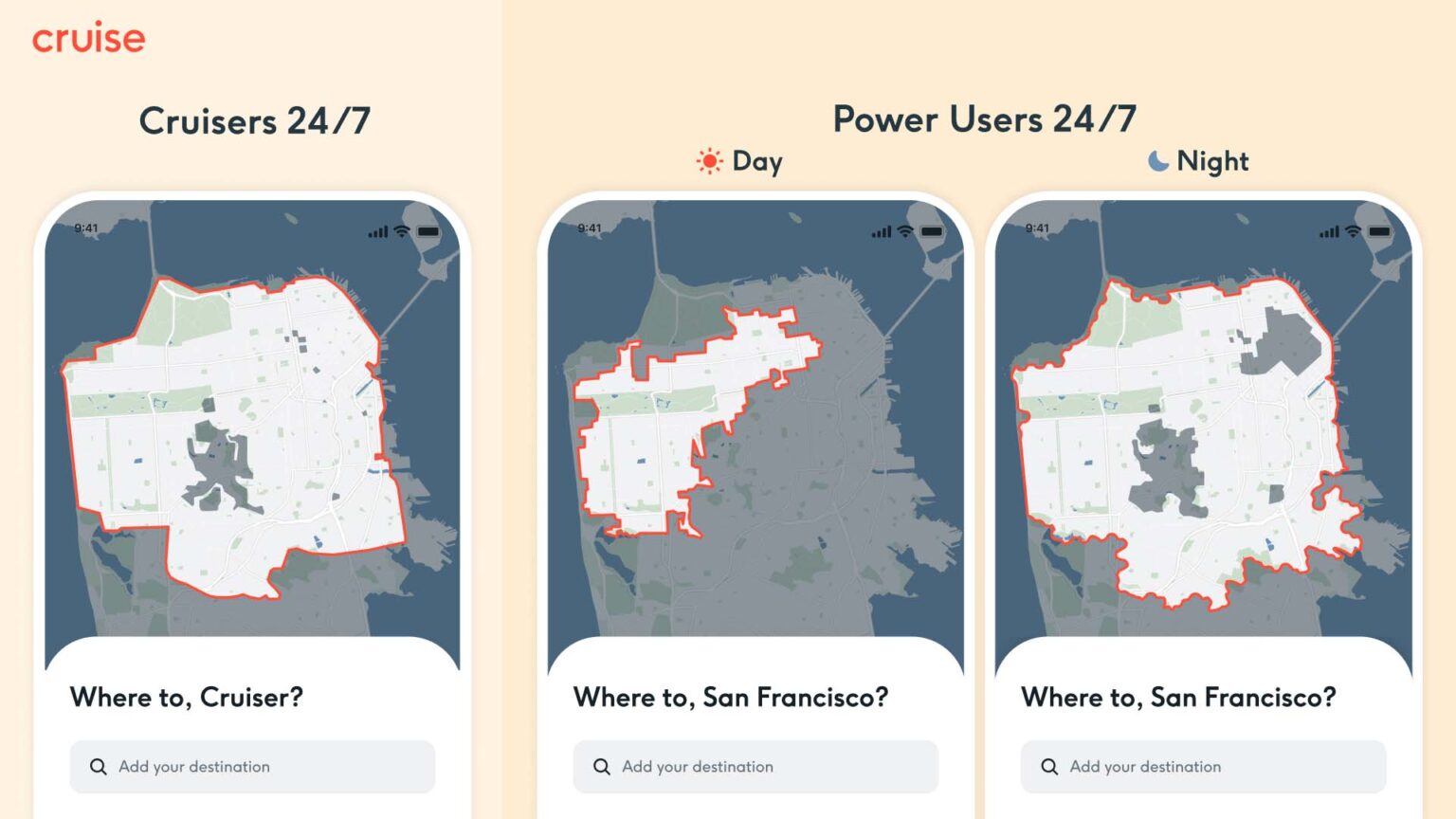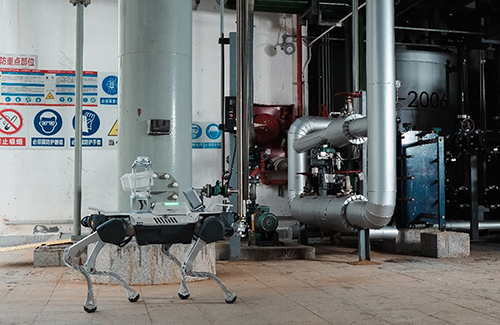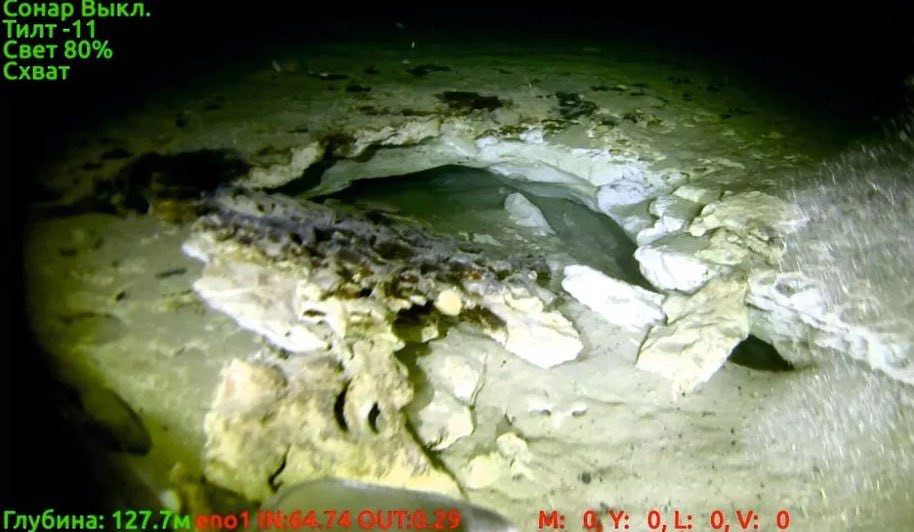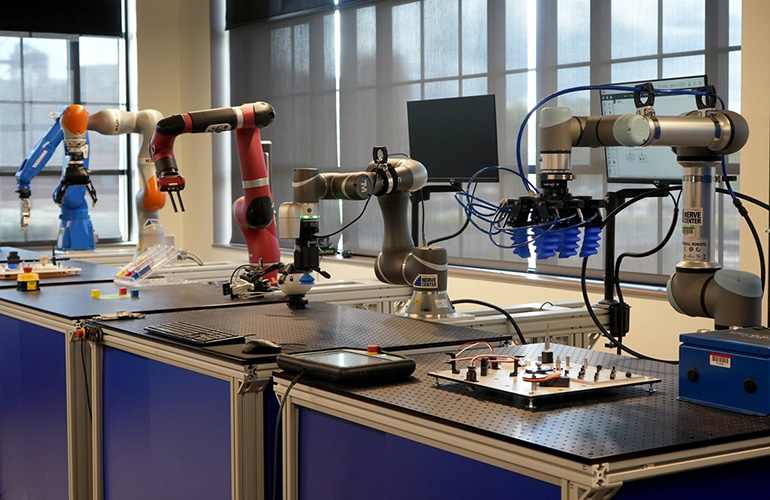Cruise, the leading player in autonomous vehicle technology, is making waves once again by expanding its robotaxi service to operate 24/7 in most of San Francisco. According to Kyle Vogt, co-founder and CEO of Cruise, this expansion marks a significant milestone in the company's journey towards proving the viability of autonomous transportation solutions. The expanded service area will be introduced in phases, starting with Cruise employees and gradually extending to members of the public.
Vogt expressed confidence in Cruise's ability to navigate the complexities of urban environments, stating, "Operating robotaxis in SF has become a litmus test for business viability. If it can work here, there’s little doubt it can work just about everywhere." He hinted at future expansions into other cities, highlighting the robust capabilities and machine learning systems developed by Cruise to handle diverse environments worldwide.
The service area for Cruise employees, known as "Cruisers," encompasses all of San Francisco except for specific residential roads and high-speed streets avoided by the company. While Cruise's rider community, referred to as "Power Users," will initially have access to a limited service area, the company is diligently preparing to expand its service to ensure a seamless experience for all users.
Cruise currently operates its robotaxi service not only in San Francisco but also in Austin and Chandler, Arizona. The rollout of rides in Austin and Chandler commenced in December 2022, achieving significant milestones in autonomous transportation. In February 2022, Cruise celebrated reaching one million driverless miles just 15 months after its first fully driverless ride.
In a bid to revolutionize urban mobility further, Cruise has begun testing its purpose-built Origin vehicle on the streets of San Francisco. The Origin vehicle, devoid of a front seat or steering wheel, is designed explicitly for providing fully autonomous taxi rides, redefining the future of transportation.
However, Cruise's journey has not been without challenges. Earlier this month, the company initiated a voluntary recall of 300 Cruise vehicles following a minor collision involving a Cruise robotaxi and a San Francisco bus. Additionally, Cruise's autonomous driving system is under investigation by the National Highway Transportation Safety Administration (NHTSA) for reported issues, including sudden braking and vehicle immobilization.
Financial concerns also loom over Cruise, with the autonomous vehicle division of General Motors reporting a loss of $561 million in the first quarter of 2023. While earning $30 million in revenue for GM, primarily from non-operating sources, Cruise faces ongoing scrutiny and challenges as it pioneers the future of autonomous transportation.
In conclusion, Cruise's expansion of its robotaxi service in San Francisco signifies a bold step towards transforming urban mobility. Despite challenges, Cruise remains committed to advancing autonomous transportation technology, paving the way for safer, more efficient, and sustainable transportation solutions globally.


















